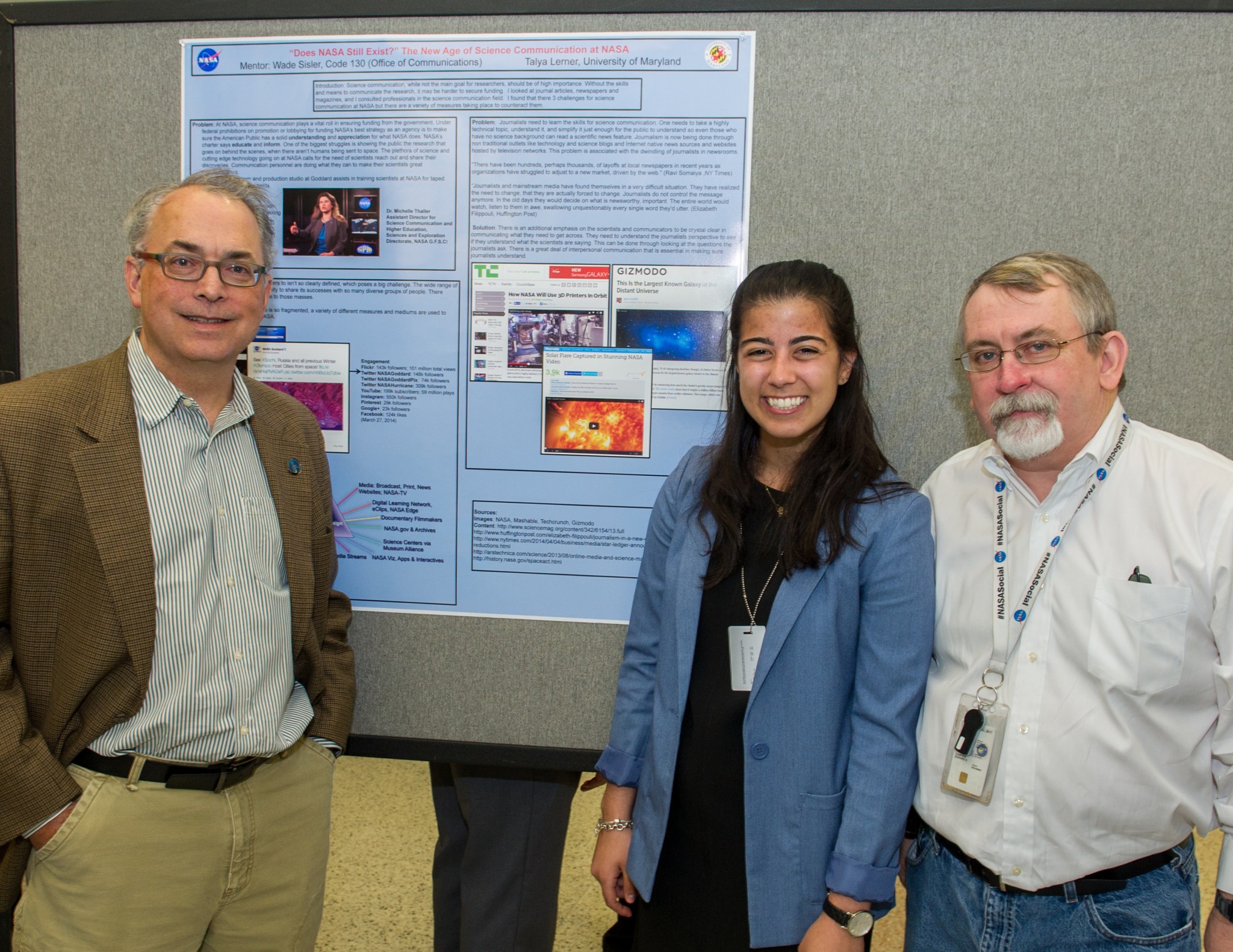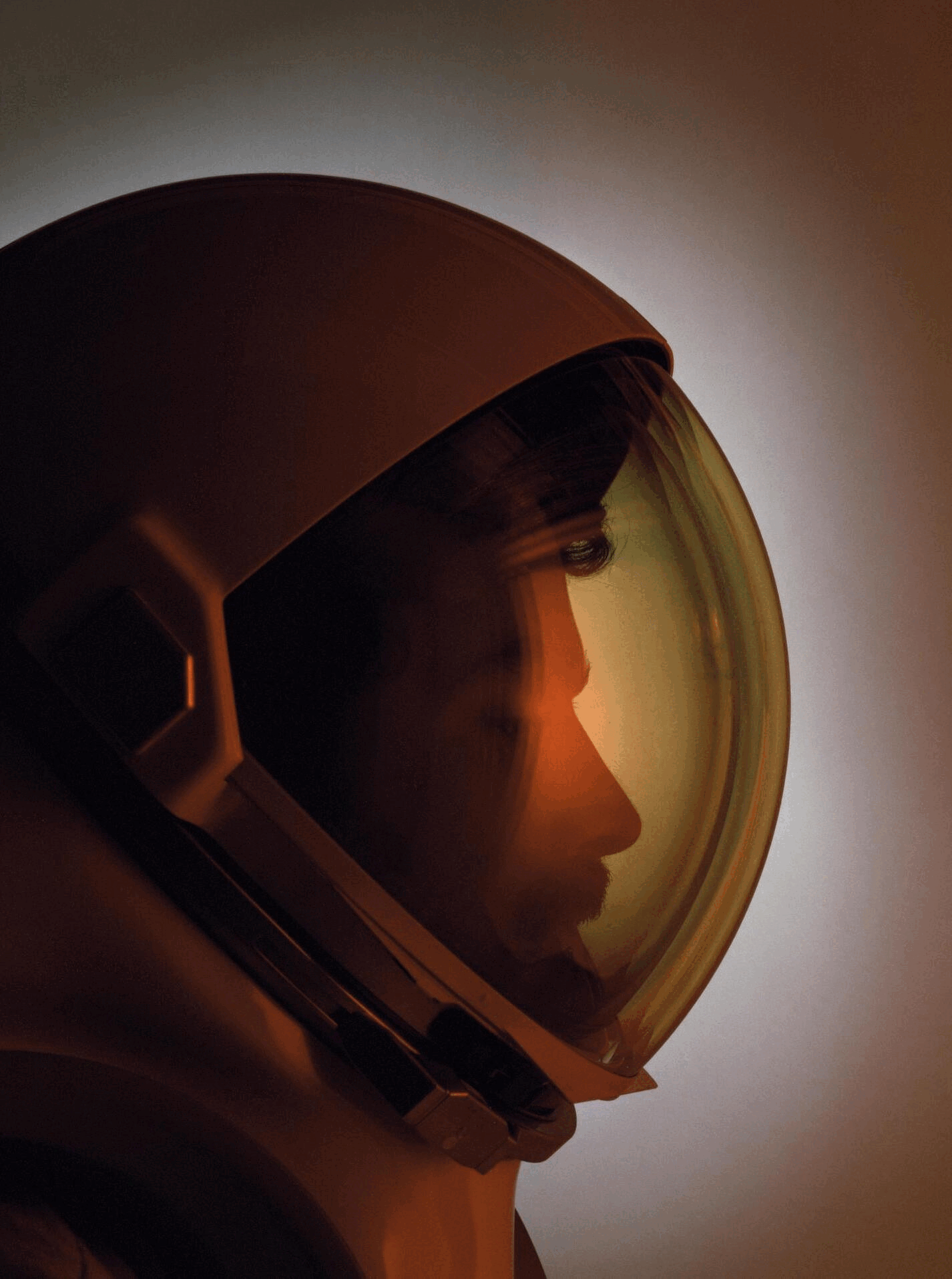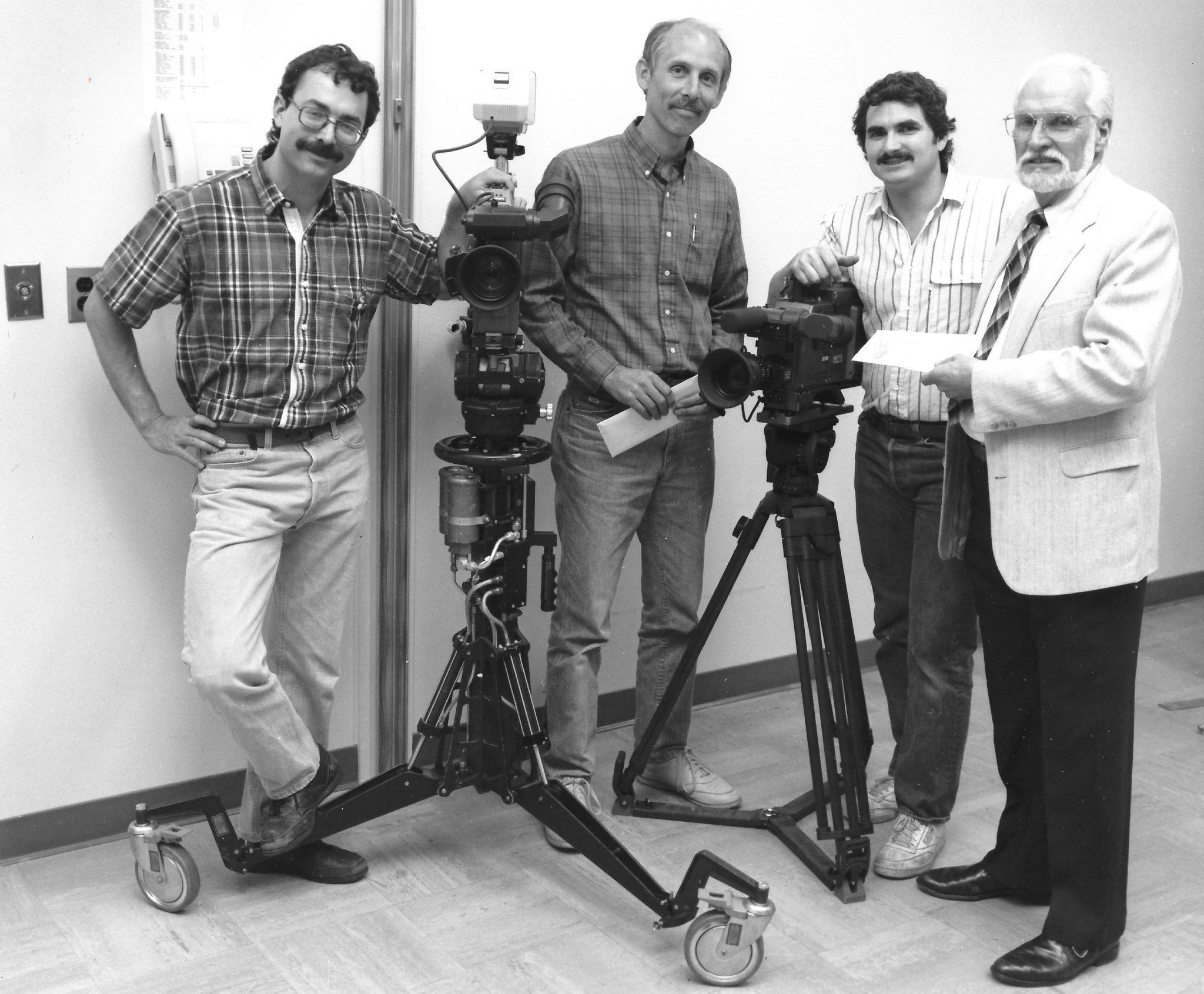Wade Sisler: Aficionado of Wonder Serving the Cosmos
- Wade Sisler has spent 42 years at NASA, starting as a student photographer at Ames Research Center and eventually becoming an executive producer at Goddard Space Flight Center.
- Sisler has been instrumental in transforming data into visualizations and animations for broader audiences, helping to convey complex scientific concepts through stunning visuals.
- He has led numerous creative partnerships that brought NASA science to new cultural spaces, including collaborations with the National Philharmonic on “Cosmic Cycles” and ARTECHOUSE on “Beyond the Light.”
- Sisler’s internship program at Goddard Space Flight Center has helped launch the careers of many interns, who now lead their own programs within NASA or contribute to science and technology literacy through media, education, and public engagement.
- Throughout his career, Sisler has taken a builder’s approach, rolling up his sleeves, testing ideas, and empowering others to scale them, leaving behind a legacy of enduring agency assets and a ripple effect that lasts for decades.
Across 42 years at NASA, Wade Sisler — executive producer at NASA’s Goddard Space Flight Center in Greenbelt, Maryland—watched the edge of human knowledge progress. During that time, the tools for visualizing and communicating those discoveries evolved just as rapidly.
“I’ve spent my career surrounded by people with amazing curiosity and intellect, pursuing questions that could change the way we see the universe, both literally and metaphorically,” Sisler said.
From his start as a student photographer at NASA’s Ames Research Center in California’s Silicon Valley, Sisler ultimately became a creative force behind some of NASA’s most iconic science storytelling. He transitioned to videography when he realized the wonder and understanding the medium could convey.
“The fidelity of the story you could tell with pictures through video was so impactful,” he said. “It was just pure awe. So I gave up my Hasselblads, trading the sheer beauty of imagery for the much more powerful storytelling tools that came with the emerging field of video — specifically the ability to take the audience with you to experience the mission.”
From Space Frogs to the Eagle Nebula
In the 1980s and ’90s, Sisler worked as a producer on a wide range of projects, translating complex research into short documentaries and educational broadcasts.
“We were helping people see things that had never been seen before, and showing them relationships that they never knew existed,” he said.
In one of his favorite early assignments, Sisler worked with astronaut Mae Jemison for a video project on space frogs. Jemison was studying how frog embryos develop in microgravity on the space shuttle. Sisler also had a hand in early virtual reality systems, producing one of the first videos depicting how VR could work.
Sisler eventually moved from NASA Ames to NASA Headquarters in Washington. There, he helped modernize NASA TV.
“They were shifting it from just mission-oriented content to a television news feed, exploring ideas to align with national news interests,” he said.
In one of his pilot stories, he produced a video and story news package about the Hubble Space Telescope’s observations of the Eagle Nebula.
“They handed me a 16-by-20-inch print of the Eagle Nebula right after Hubble imaged it,” he said. His team used a robotic camera to pan around the image while narration explained what viewers were seeing. “We wondered if we put that little microcosm of a story into a news feed, would anybody use it? And it ended up being used thousands and thousands of times, validating the NASA TV model with a bona fide science story and giving me a glimpse of the exciting stuff I could do.”
While at NASA Headquarters, Sisler also negotiated an IMAX agreement that led to new 3D films (including ones Sisler worked on, like the 1997 “Mission to Mir” and 2002 “Space Station 3D”). After a few years, he moved on to NASA’s Goddard Space Flight Center in Greenbelt, Maryland, in 1997 as an executive producer. Goddard’s communications team was small and had little experience in visual storytelling, so he joined the team to nurture its growth.
Science for the Senses
In the late ’90s, Wade teamed up with NASA’s Scientific Visualization Studio (based at NASA Goddard) and lead visualizer Horace Mitchell to explore a new frontier in science storytelling. While NASA was already known for its iconic space imagery, much of its data deals with invisible phenomena or abstract processes that aren’t inherently visual. By bringing together scientists, artists, and producers, Sisler helped transform data into visualizations and animations for broader audiences.
“We had to invent ways of visualizing the invisible so meaning was more easily conveyed,” he said. “The result was stories that were not just newsworthy—they were often stunningly beautiful and showed the connections and workings of the Earth and universe in ways we had never seen before.”
The team had a breakout hit in 1998 with an El Niño visualization, which helped drive public understanding of the phenomenon. Sisler also helped launch a NASA Goddard program to link scientific experts with news stations around the world.
“We wanted to put the authentic voices of scientists in the chair to convey their sense of awe while telling people scientifically why it matters,” he said. “Pairing their voices with great visualizations was an unbeatable combination and that became the fundamental way we tell science stories.”
Sisler’s storytelling journey evolved into increasingly ambitious creative partnerships that brought NASA science to new cultural spaces. With “Cosmic Cycles,” a collaboration with the National Philharmonic, Wade helped create a program that paired music from a live symphony with high-resolution NASA imagery, inviting viewers to experience the celestial scenery emotionally, not just intellectually.
Instead of the NASA Goddard team creating a video to go along with music, “The composer drew inspiration from video produced by Goddard,” Sisler said. “It’s one of the best examples of science and art in mutual orbit.”

That blending of science and artistic expression reached a new scale in “Beyond the Light,” an art show developed with ARTECHOUSE and James Webb Space Telescope communications lead Laura Betz. Sisler linked artists with NASA scientists to turn cutting-edge astrophysics into a gallery-scale sensory experience. Most recently, Sisler championed a major documentary on Webb called “Cosmic Dawn.” The 1.5-hour film brings viewers on an unprecedented journey through Webb’s delicate assembly, rigorous testing, and triumphant launch.
Many of NASA’s flagship communication programs trace their roots to small teams that Sisler helped assemble and guide. He took a builder’s approach, rolling up his sleeves, testing ideas, and empowering others to scale them. From science storytelling and satellite media tours to the rise of NASA’s audio storytelling, Spanish-language content, Conceptual Image Laboratory animations, social media presence, and live broadcast programming, Sisler played a key role in turning bright ideas into enduring agency assets.
For each of these projects, Sisler worked behind the scenes as a creative force and a connector, bringing together filmmakers, animators, composers, scientists, engineers, astronauts, museum curators, data visualizers, and educators.
Lighting the Way
Despite many accolades, Sisler said his proudest accomplishment is the success of the internship program he has led for NASA Goddard’s Office of Communications.

“The thing that stays with me most is seeing where our former interns have landed,” he said. Many now lead their own programs within NASA, shaping the next generation of science storytelling from inside the agency. Others have taken their skills beyond NASA, contributing to science and technology literacy through media, education, and public engagement. “It’s been a privilege to help launch so many of these careers. I’ve always believed that when you combine mentorship, meaningful work, and a little creative freedom, you create a ripple effect that lasts for decades.”
Sisler’s own NASA journey began with a Pathways internship at NASA Ames while he was studying journalism at Baylor University in Texas. His work there drew him into visual storytelling, which led him to pursue photography, video, and science photography at the Rochester Institute of Technology in New York. As he alternated semesters between school and NASA Ames, he refined both his interests and his skills.
Sisler’s goal as an internship program coordinator was to help give the next generation of science communicators the same opportunity. He developed a communication “boot camp” to help interns develop their storytelling chops in many areas and figure out which were their favorites.
“All the interesting stuff happens at the intersections of people’s passions,” he said. “The best, most powerful thing I think I’ve done in my time at NASA is to help guide the next wave of science communicators. Seeing their success is the gift that keeps on giving.”
By Ashley Balzer
NASA’s Goddard Space Flight Center, Greenbelt, Md.




